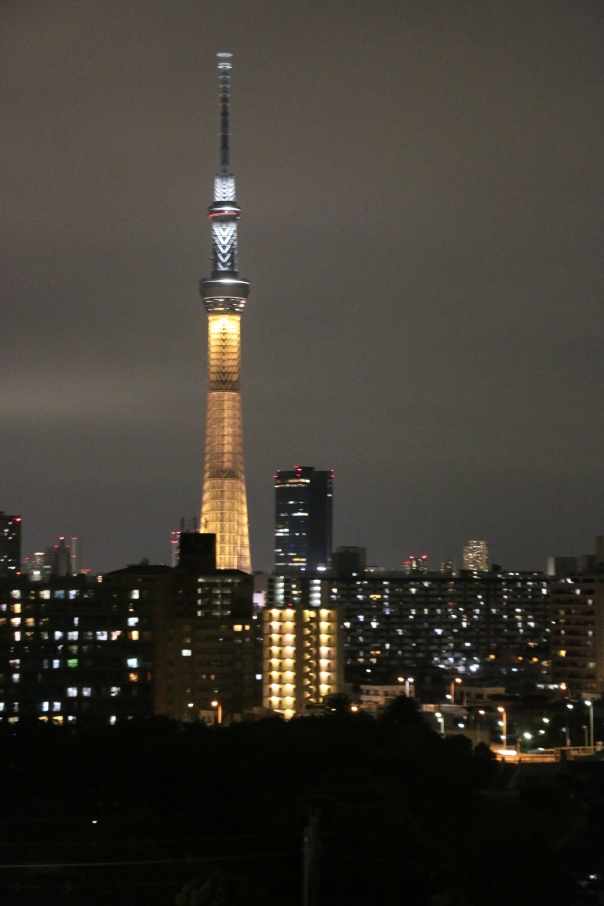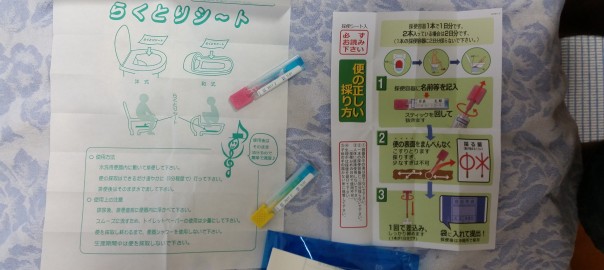Another hot day in Tokyo. Currently, it is 95 degF or 35 degC. Thankfully the humidity is rather low today.
Coming from Seattle, where the weather is usually in the mid-70’s, it is difficult to bear the heat even after being here for a year. I try to spend as much as my time in-doors during the day, but it isn’t a panacea for avoiding heat in Japan. Japanese schools aren’t designed to be climate friendly to the occupants. Moreover, use of the AC is selective on a staff-by-staff basis. In the teacher’s staff room, for instance, the AC runs at an extremely low setting. There is a large fan, not far from where I’m sitting, but it remains unused.
In the English staff room, however, things are different. The AC is running continuously throughout the day, sometimes even when staff members are absent. The English room is much smaller though, and uses fewer resources to cool.
Much of the heat disparity is motivated by two separate but related issues. First, Japan’s “COOL BIZ” policy. The current governor-elect of Tokyo, Koike, spearheaded Cool Biz as a policy from back in 2005. It aims to reduce the usage of power that AC units consume. Currently, from May to October, most government organizations and many businesses discard dress code of wearing a full suit to a button-down shirt with an open collar. Sleeves can be worn rolled-up or short. Not only does it reduce the environmental impact with reduced energy consumption, but it also saves money.
The second reason is more abstract, and has more to do with Japanese culture. Japan is a famously austere culture, which abhors waste or over-consumption. Followed by the fact that the leadership structure in Japan is incredibly verticalized, when a frugal boss doesn’t use the AC for whatever reason, the rest of the staff toe the line and forgo AC use too. Japan has the saying of “gaman,” which loosely translates as “to endure with dignity and without complaint,” it’s generally out of place for a subordinate to complain at conditions which the leader has already accepted to endure. From my experience, information is always disseminated by leaders here, and rarely is feedback elicited. It doesn’t mean that feedback is always buffed, but it can be seen as a poor team dynamic for a team member to express their needs to the group. Thus, since my vice-principal forgoes the AC, the rest of us with use “gaman” and make due.
Outside of work, my ongoing interest in recreational cycling and my more recent hobby of PokemonGO as started to falter. My cycling route lacks sufficient light source to bike safely at night. And since sundown is usualy prior to 7pm, I wait until the weekends. However with the heat, I have opted to remain in-doors as much as possible during the day. As far as PokemonGO is concerned, I still regularly take walks after sundown. Unfortunately, my motivation suffers once I have returned home and settled-in for the evening.
Japanese news often reports on heat-stroke casualties in Japan. The numbers seem really high, until you realize that Japan does not differentiate from heat-stroke and the less severe heat-exhaustion. Even in extreme heat, heat-stroke is rare. It typically requires that a person not only be exposed to heat, but fail to hydrate as well as physically exert themselves. Heat-exhaustion is much more common. Thankfully preventative measures can reduce the risk.
First**Stay Hydrated! Make sure you also balance electrolytes periodically with a sports drink. But water should be first and foremost.
-Dress appropriately. I have done away with my button down shirt and am mostly wearing an untucked polo shirt on my average work day. Additionally, I wear a spandex or Under Armor type shirt below. It helps wick away sweat and dries faster than the cotton of my shirt.
-Stay out of direct sunlight. On top of the obvious heat of the sun, Japan has a much higher humidity than my hometown. Humidity is a multiplier of the heat and can drain the body, causing it to sweat even while not in direct sunlight or with exertion.
-Don’t overdo it. Its always a good idea to take frequent breaks in the shade or in an air-conditioned room.





















